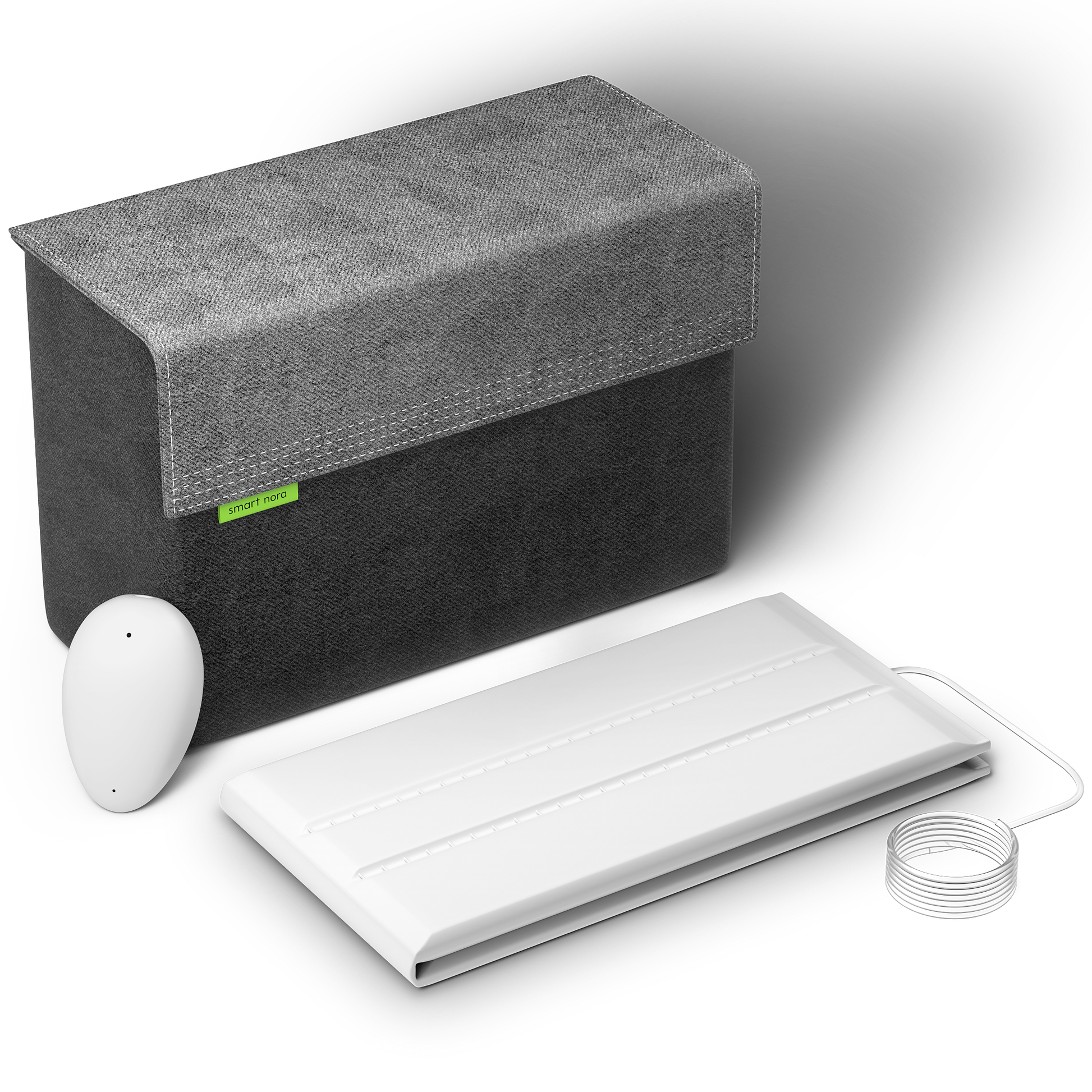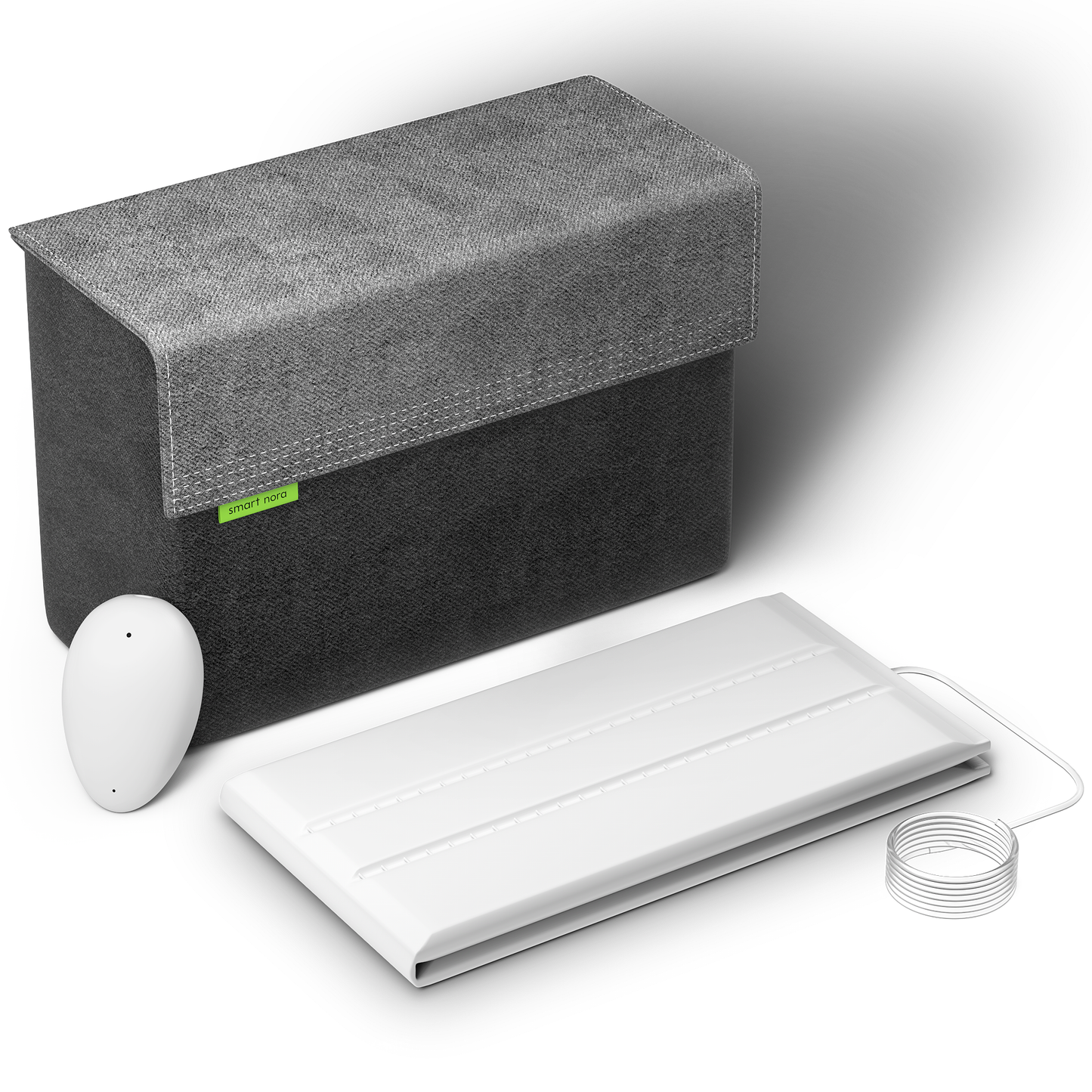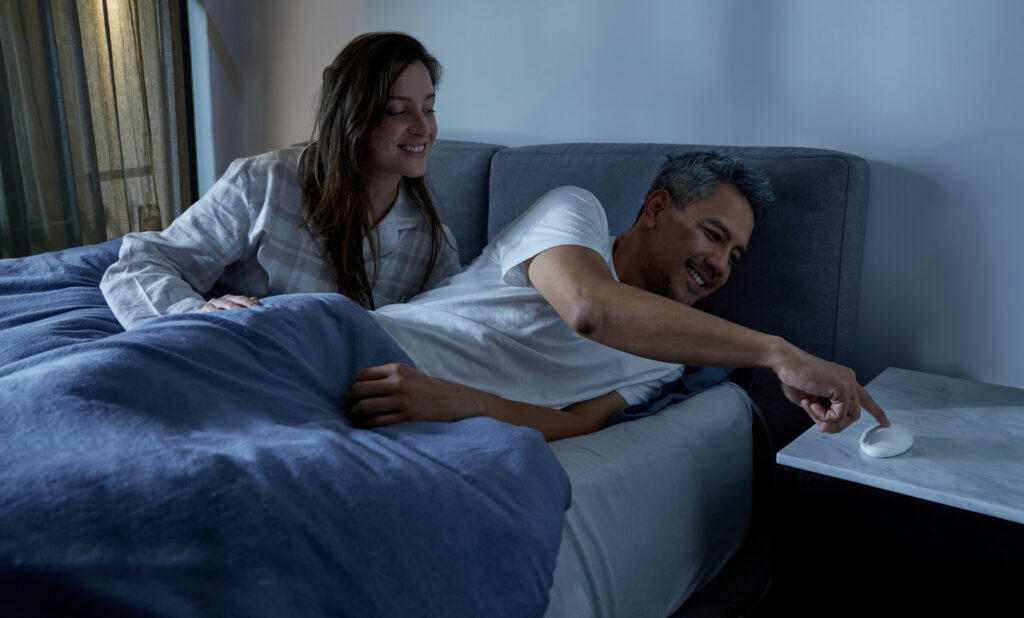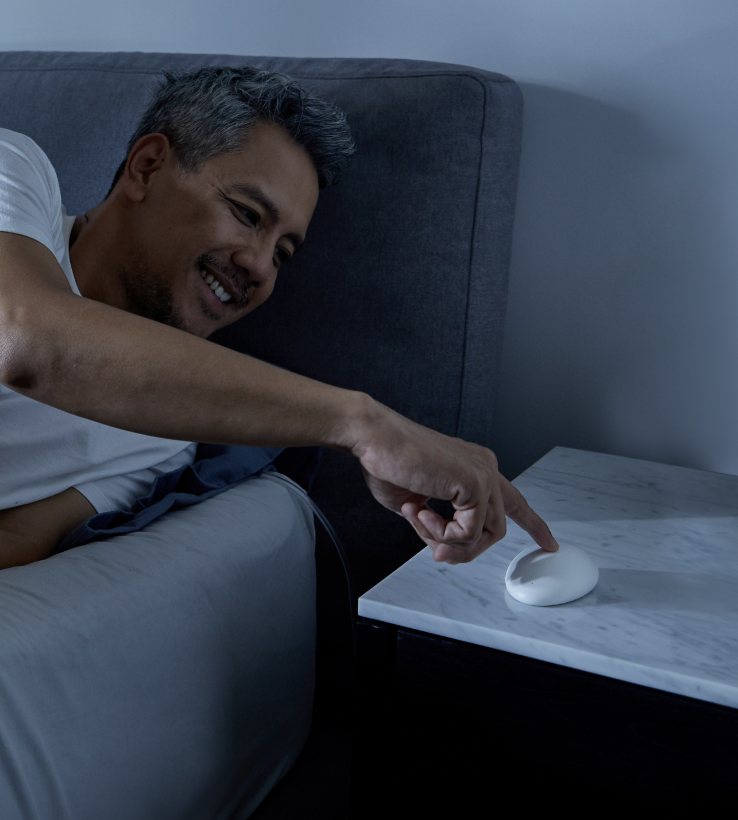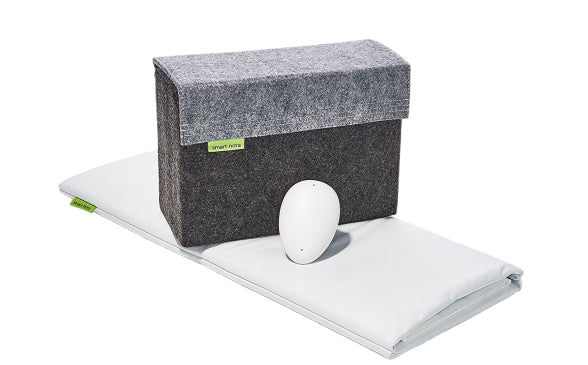While it may sound paradoxical, learning how to relax can require hard work, determination, and practice. Like with meditation, you can’t simply sit down cross-legged and have a transcendent 8-hour marathon experience on your first day… you’ve gotta build up your relaxation energy!
How to relax?
Learn to find ways that work for you to let the worries of the modern world stress you less, to let yourself feel the muscle tension float away, to find out what works and doesn’t when you’re in peak anxiety. Here’s how to relax — broken down into three sections, depending on how active you’re feeling or how able you are to get away from the desk and take time for yourself. Let’s hop right into your relaxation journey.
Section 1: Low Physical Involvement, No Tools
This first three exercises are essential how to relax tips — learn these three methods because, if you’re able to master them, you’ll be able to take a break in order to calm your mind pretty much anywhere without additional tools. How to relax, the simplest way:
A. Breathing Exercises
When you’re stressed, anxious, or panicky, your breathing tends to be shallow or rapid — one of the simplest ways to do a quick reset is to take a deep breath. We’re not suggesting a simple one-in-one-out. Give yourself the space to really open your diaphragm by getting comfortable, putting your hands over your stomach and heart, and slowly intaking a large breath until your belly has expanded. Hold this breath for three seconds, slowly exhale, and feel your parasympathetic nervous system trigger a calming response that can decrease your heart rate and muscle tension.
B. Meditate to Relax
Relaxation meditation helps you develop a sense of calmness by using an object or visualization to focus intently on. It requires regular practice to condition yourself for that balance, but here’s how to get started — and the more you work at it, the better you’ll get!
– Focus on your breath — Get comfortable and quiet and take a few deep breaths. Visualize the air entering your nostrils, filling your lungs, exiting through your mouth. In, out, in, out.
– Acknowledgement — Take a moment to acknowledge subtle feelings and experiences. What do you smell? What’s the temperature? Feel the weight of your body, air on your skin, the muscles behind your ears (tense, then relax them… feels good, huh?).
– Top to Bottom — Think about your body from the top of your head to the bottoms of your feet, going over each and every muscle you can think of, and visualize each muscle relaxing — let go of all of the tensions that build in your physical body.
– Breathe — Focus on your breath again — have you started breathing faster? Deeper or more shallow? Count 10 breaths and guide your thoughts back to your breathing as others flitter in and out of your consciousness. It’s okay to let stray thoughts enter your brain, then visualize slowly swatting them away into the ether.
– Journey — This is where you “hold onto that feelin’,” like Journey sang. Really take stock of how you feel at this point, then make that feeling an intention — carry this calming feeling with you and return to it throughout the day as necessary (which sometimes can be pretty often).
Section 2: Low Physical Involvement, Tools Required
Here are a couple of ways to relax when you’ve got some pen and paper around — when you take stock of your life, you relieve your subconscious of the burden to always be doing so!
A. Write a List
There are many different lists you can write that will help you dissipate specific types of stress. This is how to relax if there’s too much going on or you’re feeling aimless. Grab a pen & paper and don’t let yourself get precious with organization — this is an exercise, let yourself make mistakes and have run-on sentences — you’ll still get the relaxing feeling of discovery.

– Gratitude — Writing a gratitude list helps you picture the things in your life that make you feel good. This, in essence, reminds you what it feels like to be in a happy headspace.
– To-Do List — Sometimes remembering how to relax can just require writing a good ol’ fashioned to-do list. Tasks can pile onto each other and get lost in the mix if you’re not careful, so take a moment to write down everything you need to do — then go back and prioritize them after your brain dump. Now you’re back on track and you don’t have to hold all that information in your head! This is also a great way to help you sleep if you’re feeling too anxious to wind down.
– Things You Enjoy — While the answer might seem obvious to you, taking the time to free-write a list of things you enjoy can help reveal surprising things! Sometimes you don’t realize that the list of what you do and the list of things you enjoy don’t always match up. Doing this every few months can help you stay on track to enjoy life (as a whole).
B. Journal
Journaling is like writing a list with a narrative. That’s a pretty interesting way to think about it, right? You might not have journaled since middle school but keeping a diary of your experience in the world can really have a lasting pleasant effect — as you recall and reinforce the important actions, feelings, and aspirations you have. Even if you never read your journal in the future, it helps to get it down on paper so it’s not all trapped in your brain.
Section 3: Physical Involvement, Out in the World
A. Yoga or Gym
Doing yoga (lots of free online options) or going to the gym (if you’re not a gym rat, you can always jog around the block or do push ups in the house) are both viable ways of de-stressing and getting some peak physical activity into your day. Aside from requiring mental focus (ie. Slowing down), exercise has been shown in numerous studies to increase both serotonin production and release, meaning you’ll have a more regulated mood, appetite, sleep schedule, and memory. Win win win!

B. Nature Walk
Get outside! Spending even just a few minutes in nature can help alleviate stress. Whether its a short walk, a long hike, or just a casual sit in the park, you can feel those de-stressing effects wash over you. For some folks, this is how to relax at its finest — though studies have shown that even simply looking at pictures of nature can calm you down.

C. Relaxing Activity
Read a book, watch a movie (especially in a theater), play a board game… you get the idea — get lost in a different world for a little bit! Find an iPhone game that captures your attention and allow yourself a timed out 20-minute game session to relieve tension. Having fun is a huge part of how to relax, and we don’t do it with intentionality quite enough.
Go Forth and Relax!
So there you have it! Three distinct styles of relaxation — you don’t have any excuse not to kick back and give yourself the time you need to keep your body and brain in peak condition! Knowing how to relax can mean learning how to think more clearly, resist future stressors, and maintain a healthier, more optimistic outlook on your life experiences. No more curling up into a ball of anxiety and stress — you know just how to relax. Treat yourself!






